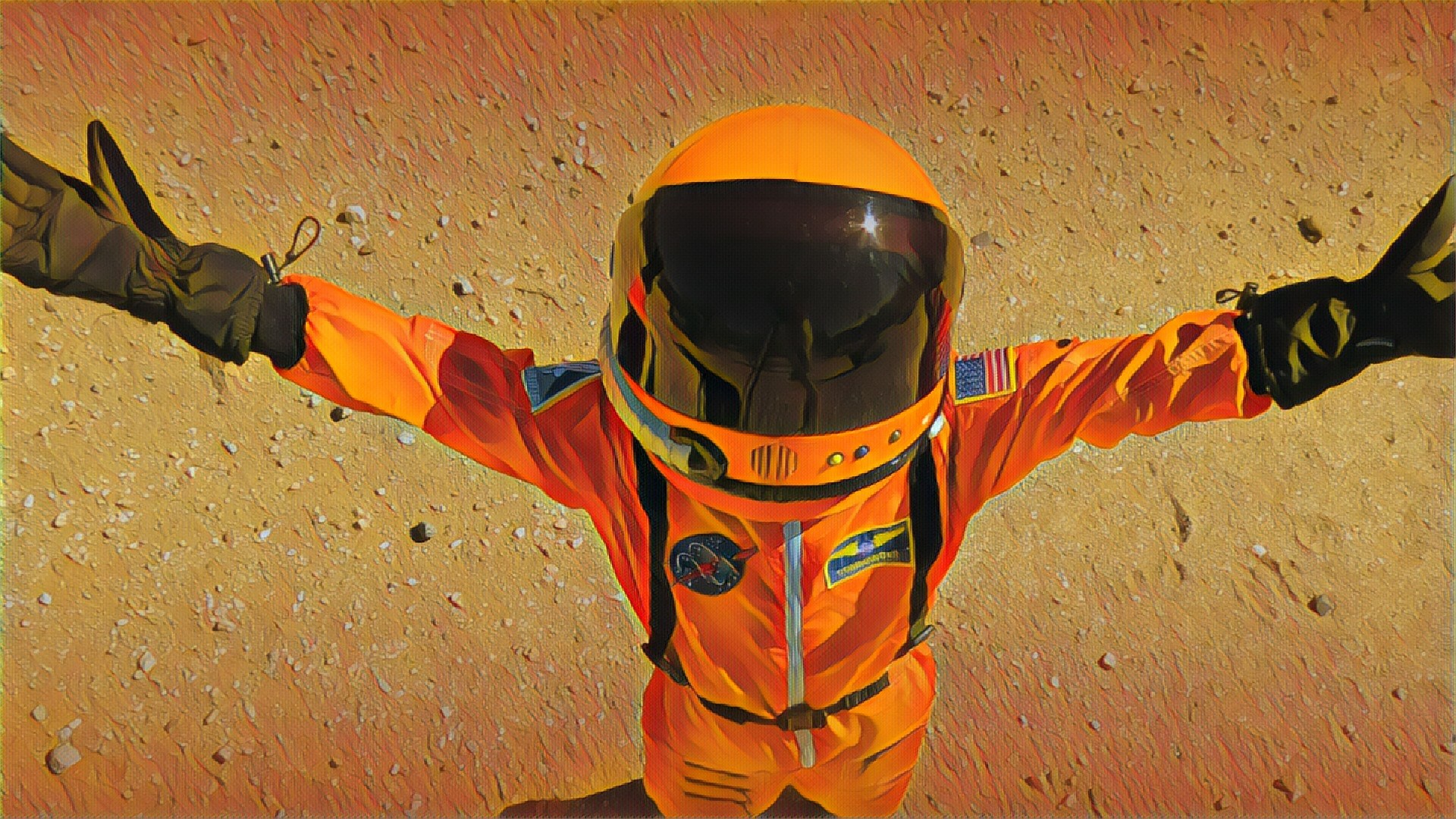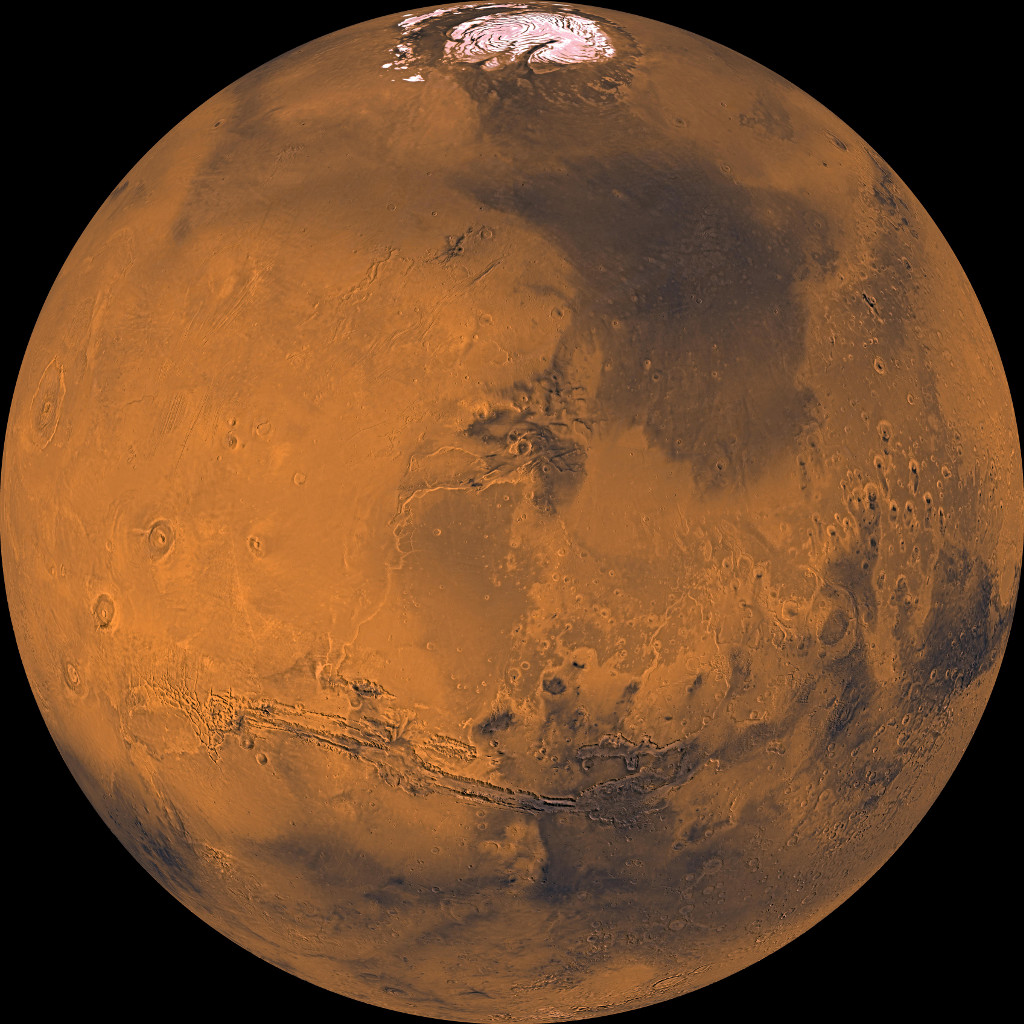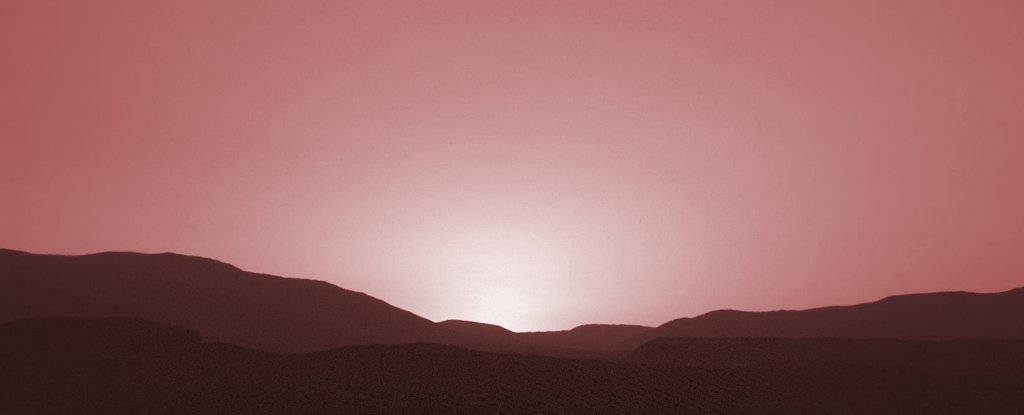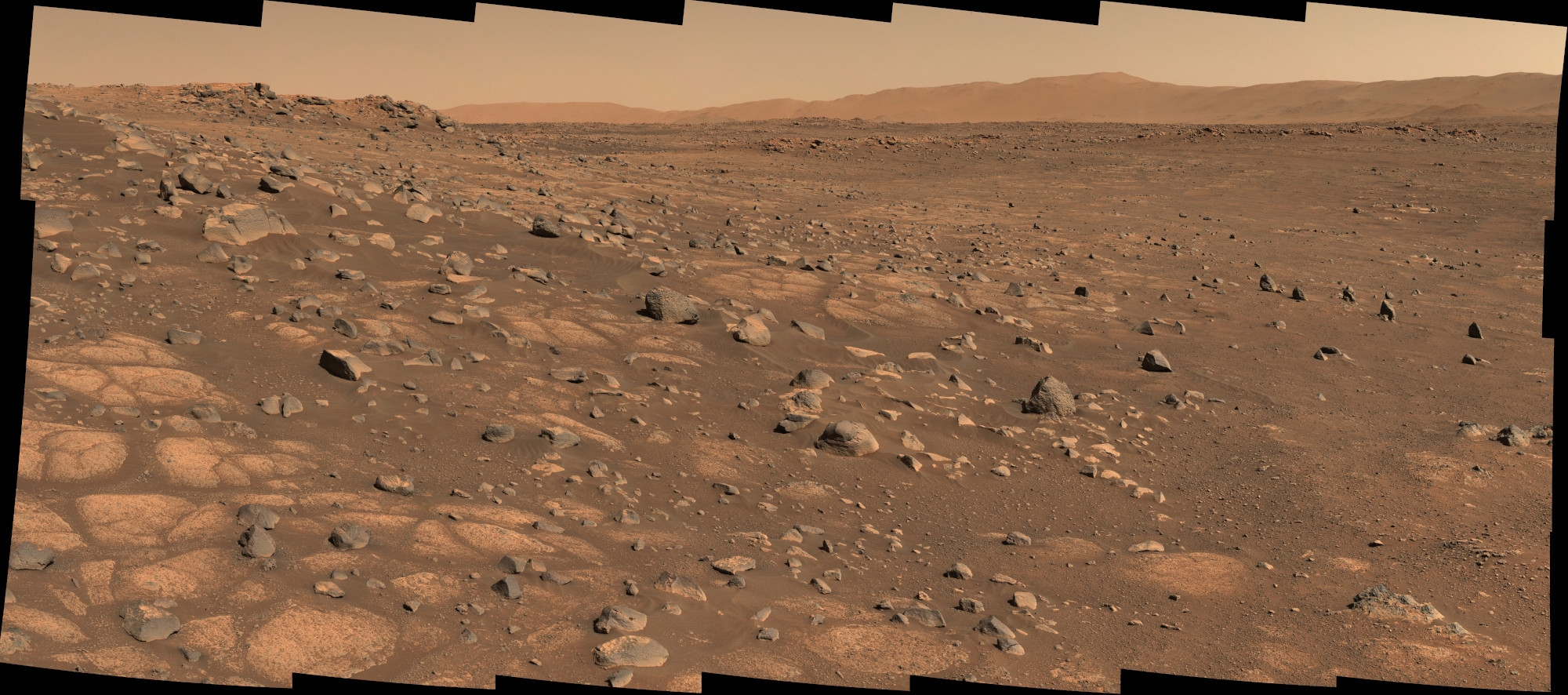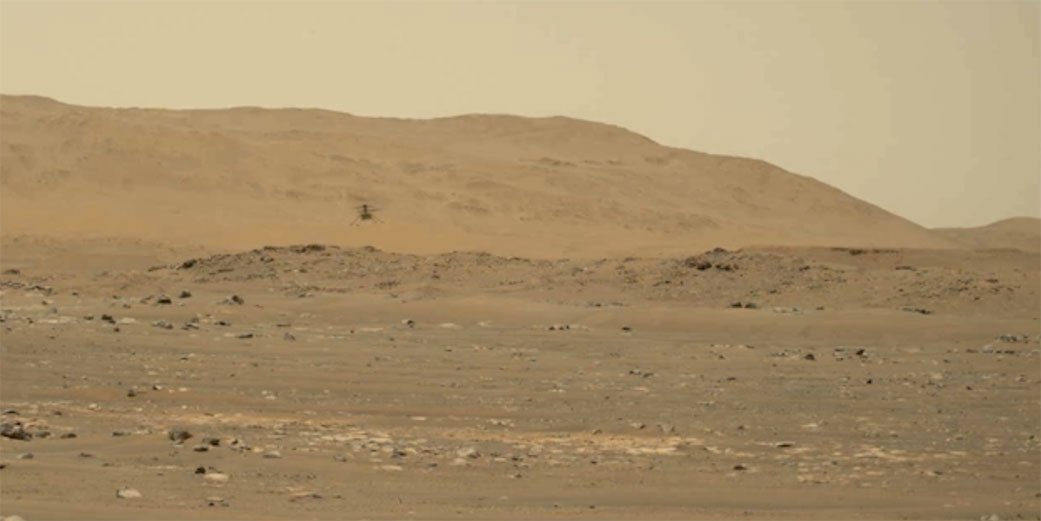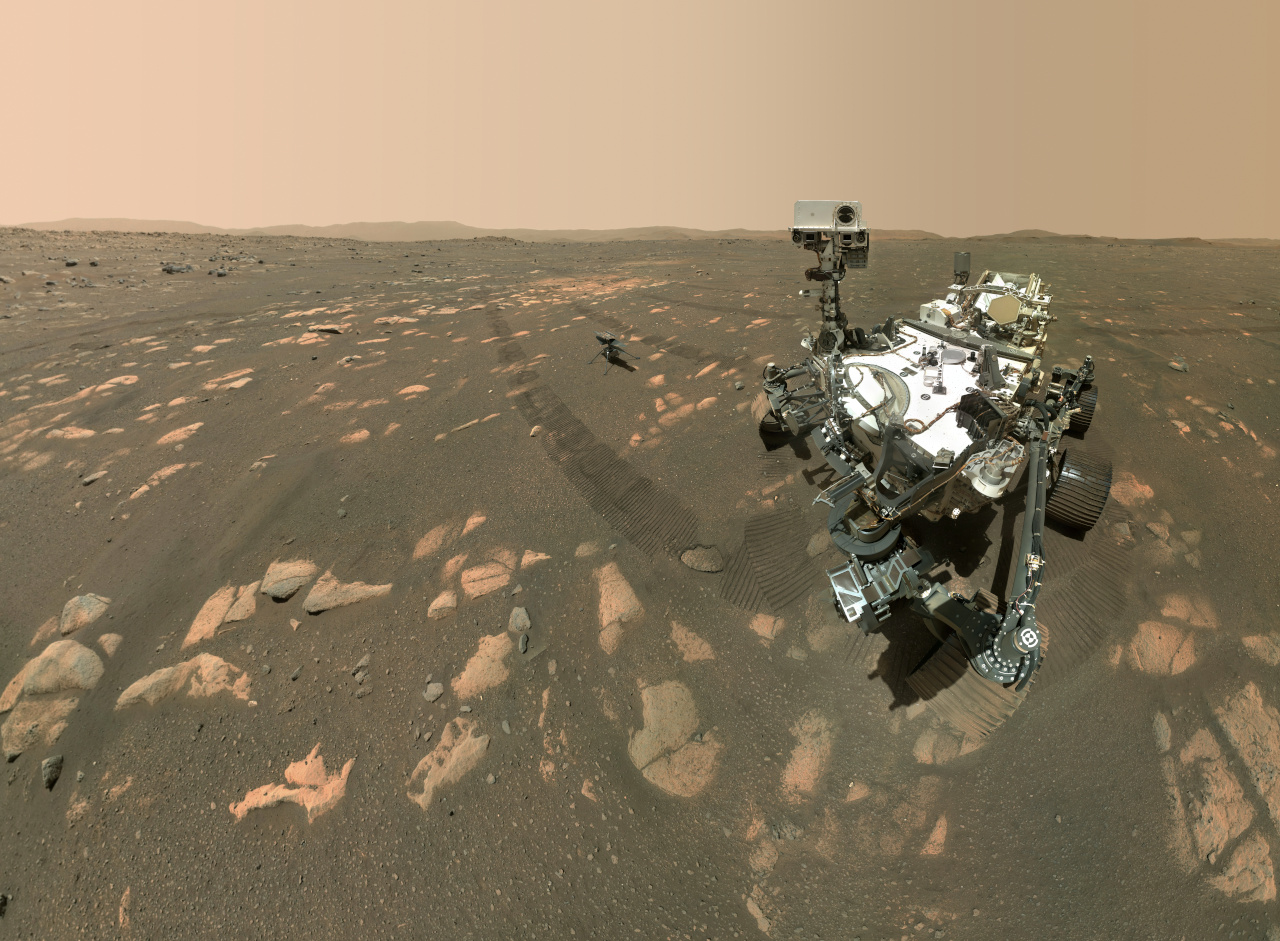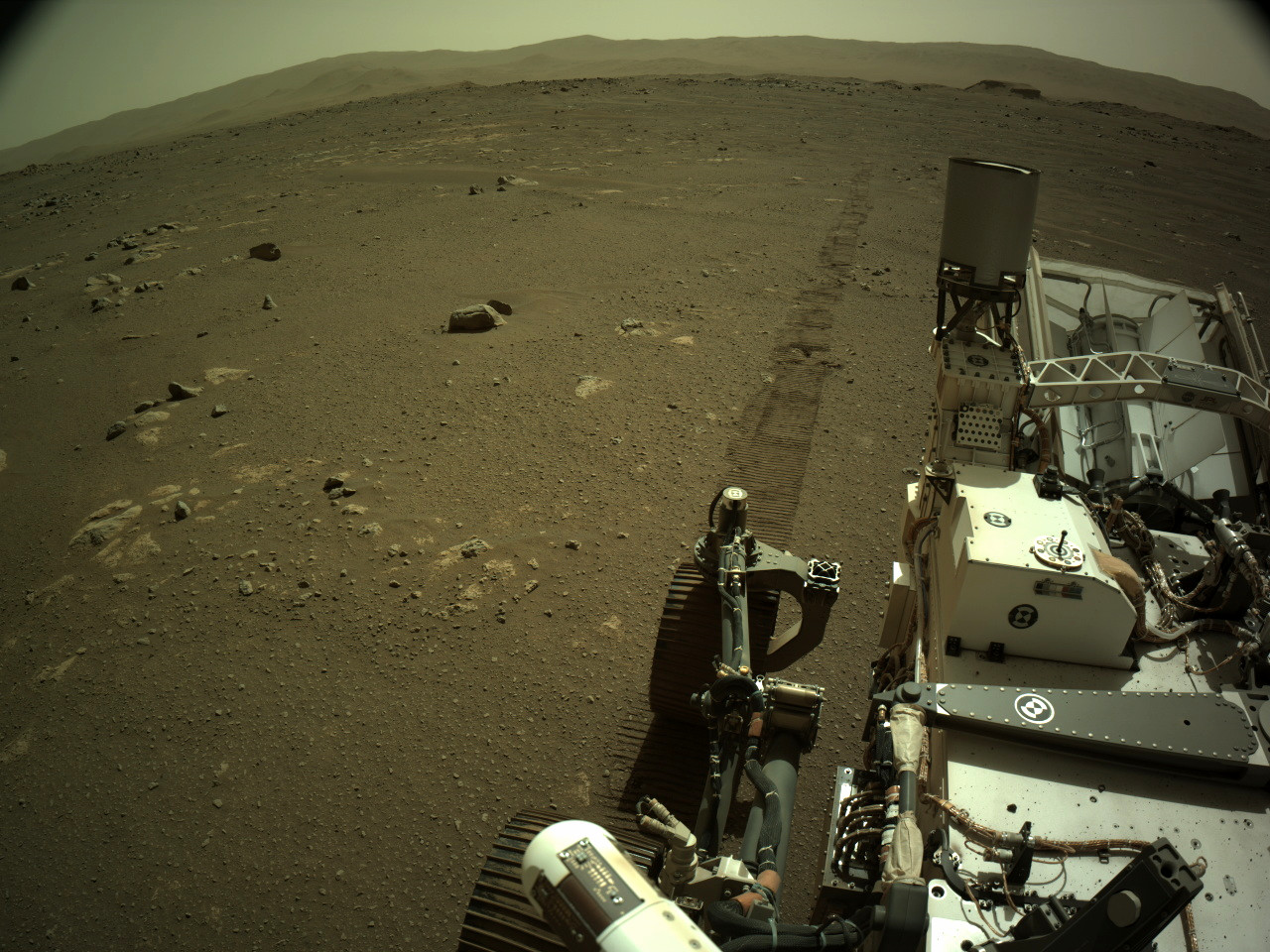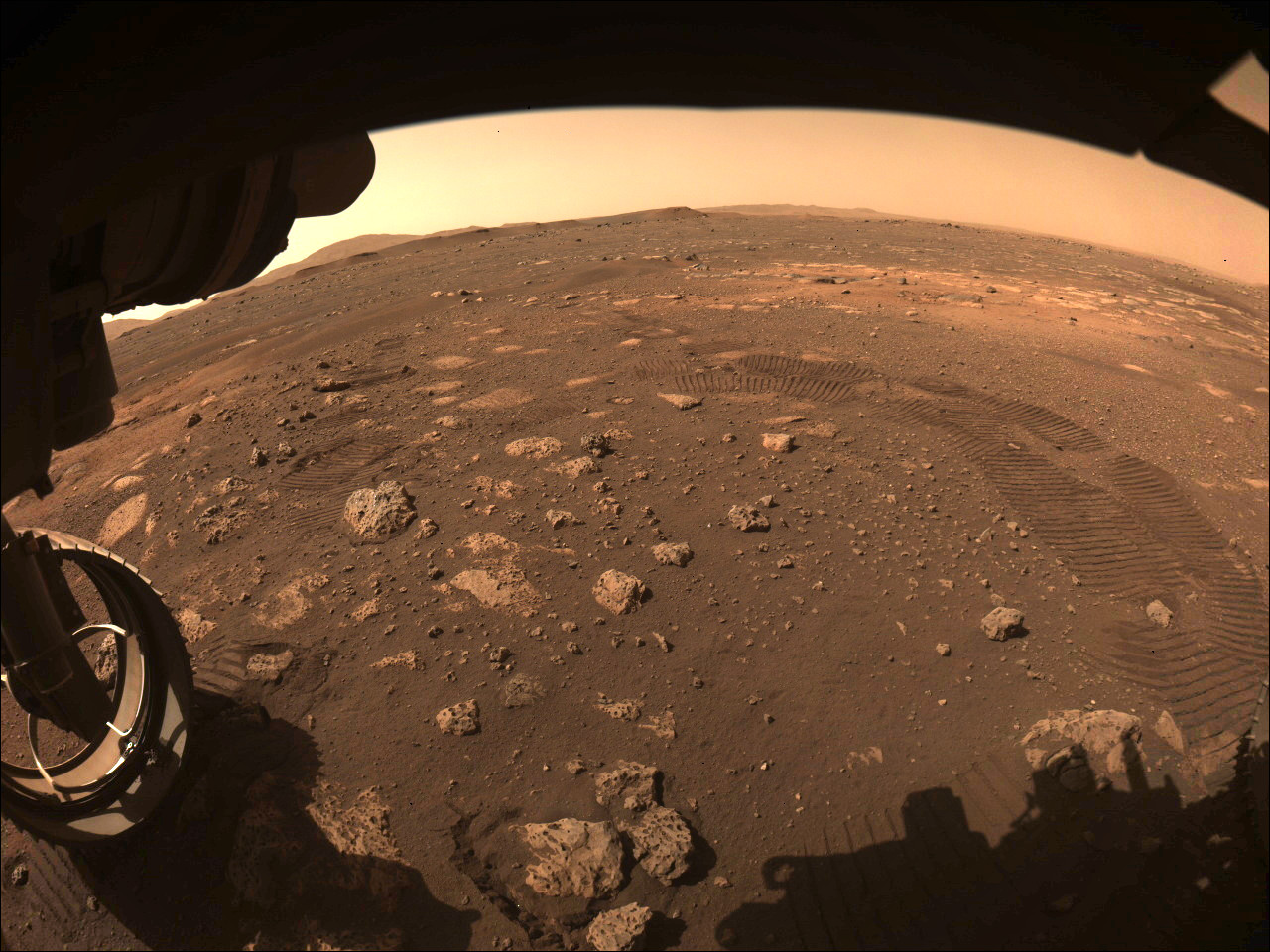Hellas Planitia is an impact basin in the southern hemisphere of Mars. Impact basin is the term scientists use when they mean “really big crater,” and, as craters go, Hellas is huge. Mars has two of the largest impact basins in the solar system, and Hellas is one of them. The object that struck here, four billion years ago, was big enough to leave a crater 2,300 kilometers across and 7,152 meters deep. The tallest mountains of Earth could sit in the bottom of Hellas and barely peek over the rim.
Four billion years later, the impact of that object turned out to be critical for human existence on Mars.
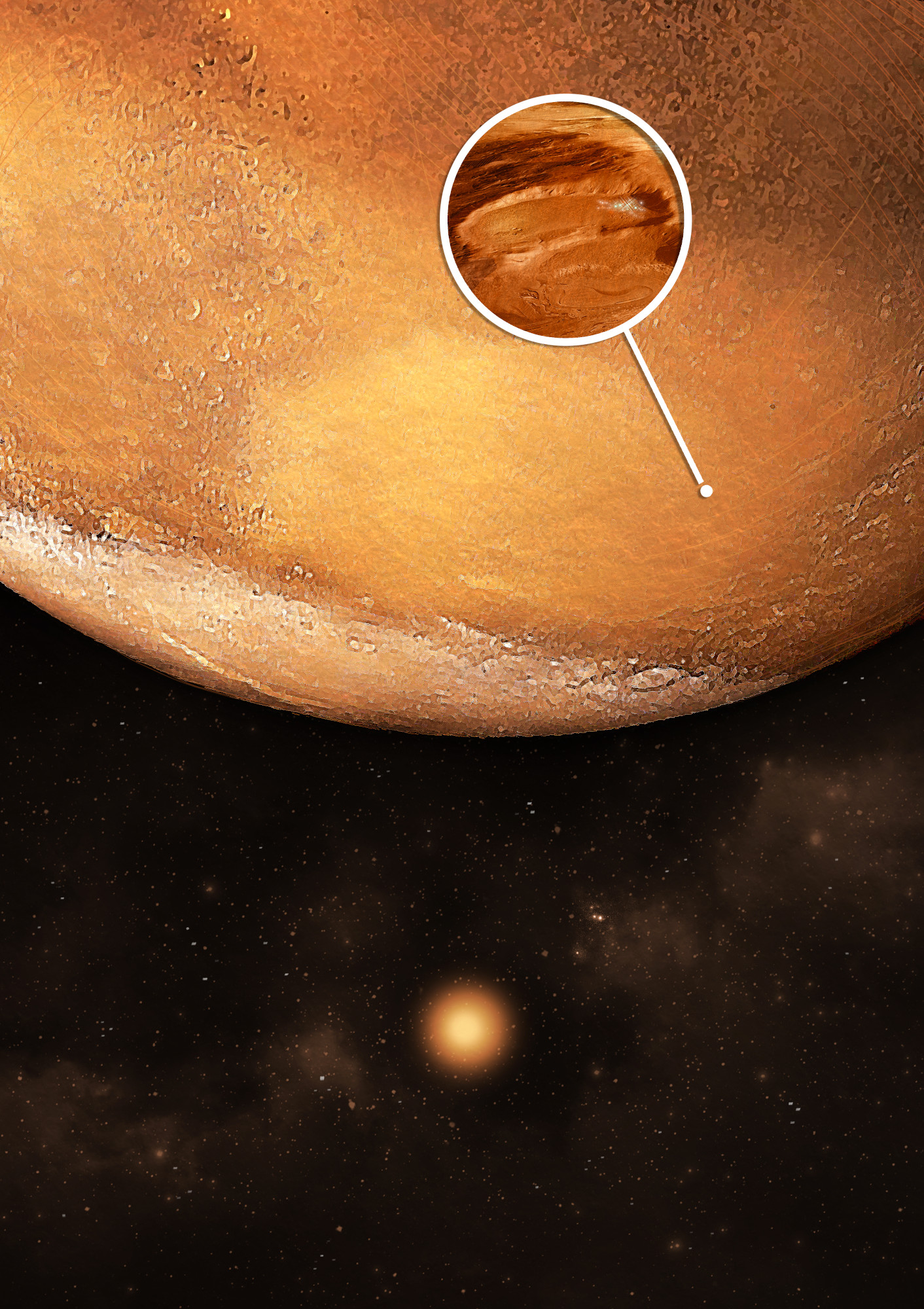
Shelter: Generation Mars, Book Two
Coming in March
#mars #scifi #childrensbooks
(image: Luis Peres)
